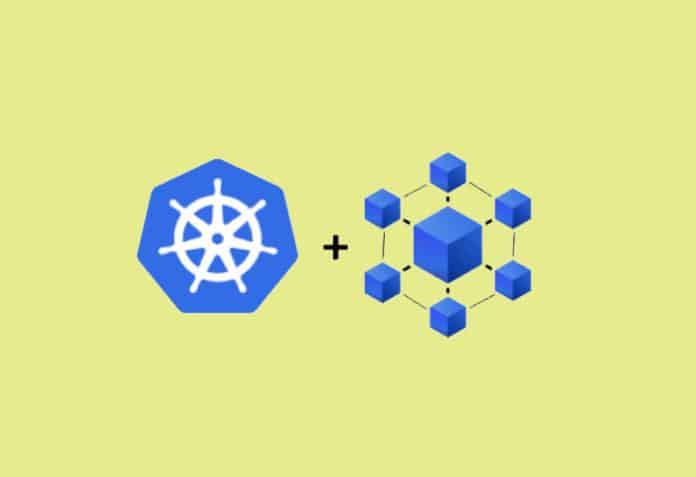Open source containers are popular these days, and many tools are available for container-specific services. In this article, we will discuss containers, Kubernetes, and microservices from a developer’s perspective.
Containers are used by developers for deployment of packages in various operating systems. They are based on virtual machines, and have metadata and configuration for dependencies, packages, and properties files. Containers can execute packages on the operating system of the virtual machines. Development and deployment of applications become more efficient with containers and portable across different operating systems.
Containerization
Containerization is the process of executing code packages on the operating system. This happens without running the full virtual machine. The software packages and apps are deployed on containers. Containers can be run on the server or on the cloud-based compute node, and can talk to each other using networking protocols. The code package on containers has runtime configuration, code, tools, and dependencies. Each container has a runtime specific to the operating system. The code deployed is packaged to run the runtime of the vendor-specific container.
Popular containers
There are many popular containers like Docker, OpenShift, AWS Fargate, Google Kubernetes Engine, LXC, Portainer, Container Linux, and Apache Mesos. Many of these are open source and others are commercial like Google, AWS, and Microsoft. These containers are helpful in DevOps and make posting updates and bug fixes easy. Applications can be scaled vertically and horizontally on the containers. They offer quick deployment, faster execution of different software apps, and scaling of the app without downtime.
| “Containers are changing the data center the same way containers changed global trade.”
—Jim Zemlin, executive director, Linux Foundation |
Kubernetes
Kubernetes is a popular open source container. The word is based on the Greek pilot or helmsman. Google Kubernetes Engine helps in operating different application containers on computing node clusters. Kubernetes is popular and distributed as GKE and EKS. EKS is the Amazon Elastic Container Service for Kubernetes. It helps in orchestrating different services and components across the computing nodes. Kubernetes provides a scalable infrastructure.
Use cases of Kubernetes
Google Cloud, Amazon Cloud, and Azure Cloud provide Kubernetes containers to deploy software packages and apps. The deployment and scaling can be automated. Apps can be ported across different operating systems, thus improving their efficiency and reliability. They can be deployed quickly and their upgradation is easier. Production-ready applications can be developed and tested in a short time on the cloud using Kubernetes.
The challenges
Developers do face a few issues while deploying software packages on Kubernetes. Applications require planning to be packaged on Kubernetes for deployment and for running them. Kubernetes is very popular as an orchestration tool for managing services, but developers face problems with its multiple distributions. To make the apps portable across distributions, developers need to go through a huge learning curve. Integration between different containers and Kubernetes is missing, which is a big issue.
Microservices with Kubernetes
Microservices architecture helps to design the app into small and independent services. Many apps are built using monolithic architecture, and companies are unable to manage and maintain them. Microservices architectural pattern helps to break down monolithic applications into small services. Every microservice has the responsibility of providing the functionality. Developers can work on different microservices and test them independently before the QA engineers start doing the integration testing. In polyglot microservices architecture, microservices can be of different languages and stacks.
Microservices can be managed by a centralised service. Each microservice can be loosely coupled, and apps can be built and packaged to be deployed on the Kubernetes container. Kubernetes helps in deploying the distributed microservices based app and to post bug fixes and patches.
| “You need a highly automated deployment infrastructure. Ideally, you should use a deployment platform that provides the developer with a simple UI (command-line or GUI) for deploying and managing their services. The deployment platform will typically be based on virtual machines (VMs), containers, or serverless technology”
—Chris Richardson in his book titled ‘Microservices Patterns: |
Containers have changed the way developers and test engineers deploy applications. Kubernetes has helped enterprises deploy apps on different clouds and operating systems. It has simplified the development and management of cluster nodes. Automation of deployment with Kubernetes has accelerated the time to market of applications. Next-gen Kubernetes will have better UX and reliable upgrading of the application. It can be designed to handle stateful applications.












































































